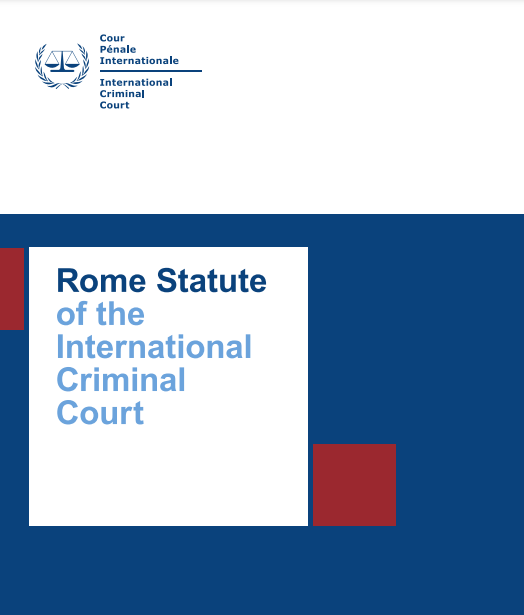This month’s Spotlight was contributed by Annabelle Lukin, Associate Professor of Linguistics at Macquarie University. For many years, she has studied language ideologies around war and violence. She comments here on her recently published article analyzing the International Criminal Court’s Rome Statute.
The standard narrative about the history of international war law is that it has had a civilizing effect on the violent impulses of nation states. But this “standard Western-European-centric view” is so contested that some suggest international war law verges on being a protection racket.
A 1994 critical history of the laws of war titled “The Legitimation of Violence” (Jochnick and Normand, 1994) and published in the Harvard International Law Journal, for instance, drew attention to the paradoxical fact that “a more elaborate legal regime has proceeded apace with the increasing savagery and destructiveness of modern war.” The laws of war, Jochnick and Normand argue, have been deliberately formulated “to privilege military necessity at the cost of humanitarian values.”
McGill University Professor of Law Frédéric Mégret argues that treaties, statutes and customary war law sources “enable, constitute and perpetuate” war and have produced “the basic building blocks of the international grammar of violence,” such that the right to life is “sacrificed on the altar of inter-group violence.”
These different interpretations of the meaning of international war laws are no surprise: legal language, despite the best efforts of great legal minds, is still subject to all the same principles as other acts of meaning. And in the hands of powerful nation states wanting to protect their own ways of war, it is not difficult even within the stretch of a single clause to purport to be criminalising political violence, while creating the semiotic space for some forms of such violence to be given the legitimacy evoked by being seen as legal.
 In my recent article, I explored some linguistic features in the definition of “war crimes” in the Rome Statute, the treaty establishing the International Criminal Court. This document clearly condemns and criminalises various forms of violence. Article 8 devotes considerable semiotic energy to listing, in apparent exhaustive detail, the many acts that fall under the term “war crimes.” So, is there still space and scope here to legitimise violence?
In my recent article, I explored some linguistic features in the definition of “war crimes” in the Rome Statute, the treaty establishing the International Criminal Court. This document clearly condemns and criminalises various forms of violence. Article 8 devotes considerable semiotic energy to listing, in apparent exhaustive detail, the many acts that fall under the term “war crimes.” So, is there still space and scope here to legitimise violence?
But deep inside the grammatically intricate structures of this text, the text has a loophole so big you could drop a very large so-called “smart” bomb through it.
Thanks to clause 8.2 (b) (iv), even if you intentionally launch an attack on unprotected civilians and you know full well your attack will cause deaths to innocent people, you only have to say you anticipated that your action would produce “military advantage” without an “excessive” cost. That’s all it takes to put a government’s acts of violence on the right side of “war crimes.”
A pervasive motif runs through Article 8. Crimes are not measured by the consequences of the violence, but by whether or not the actions were “wilful,” and how one might argue about the purported “purpose” of their acts of violence.
It’s hard not to agree with the critical analysis. A whole host of linguistic choices which are busy condemning some violence as “war crimes” provides the perfect semiotic ecosystem for giving legal cover to standard practices of powerful nations.
